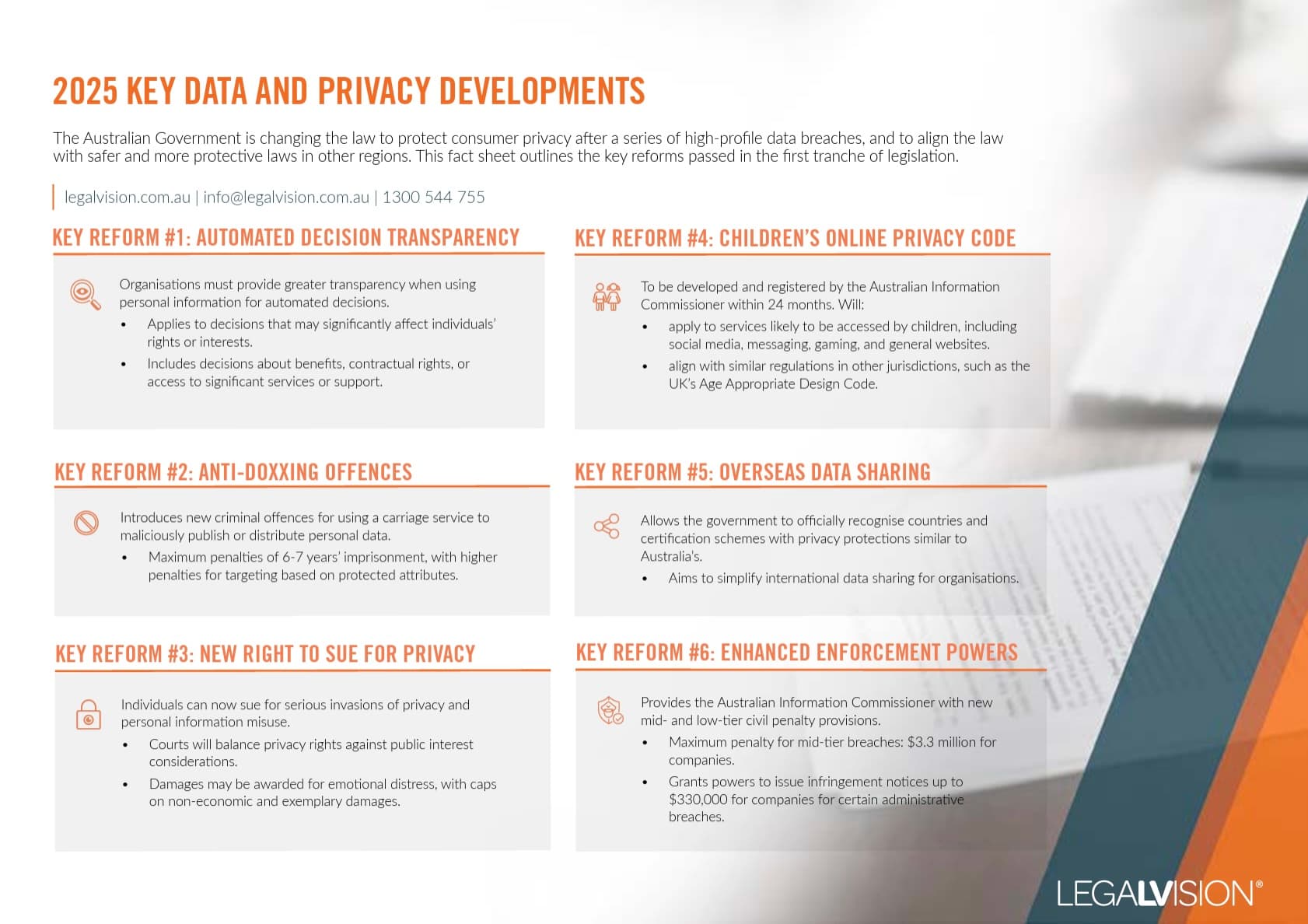When you use software or download an app, you will likely come across an End User Licence Agreement (EULA). These often appear as a pop-up box, asking you to click a button to agree to the software’s terms. For software developers, it is essential to understand the key terms to include in an EULA and your rights to intellectual property. This article will break down EULAs, explaining essential terms and providing insights for developers.
What is an EULA?
An End User Licence Agreement (EULA) is a contract between a software company or developer (the licensor) and a person or business using the software (the licensee).
The End User Licence Agreement outlines the terms and conditions for your right to use the software as a licensee. Typically, agreeing to these terms is a must before using the software. Often, they appear as click-wrap agreements (i.e. a pop-up window where each user clicks ‘okay’ or ‘agree’) before using the software. This creates a direct agreement between the licensor and each user. It means the licensor can sue any user who breaches the agreement, even if the user only got access to the software licence through their company.
Licence in the EULA
When a customer purchases software or software as a service, either online, from an electronics store, or through software company sales representatives, they essentially buy a licence to use the software. The software company or developer owns the software and all associated intellectual property.
Therefore, a well-defined licence clause is crucial for outlining licence parameters. A licence typically specifies:
- usage region: where the user can use the licence, either within a specific region (such as Australia) or worldwide;
- exclusivity: whether the licence is exclusive to one customer/user or is non-exclusive, allowing the software supplier to license the software to other users;
- transferability: if the user has the right to transfer the license to someone else;
- revocability: whether the software supplier has the right to terminate or revoke the licence. If it is irrevocable, the software owner may only terminate and revoke the licence under a breach by the user; and
- perpetuity: whether a licence is perpetual (lasting indefinitely) or non-perpetual, with a defined term.
Acknowledgements, Warranties and Representations
The acknowledgements, warranties and representations clauses are essential. When you are a software company or developer, you want an agreement from the user confirming that you own all of the intellectual property rights in the software. The licence does not transfer any ownership from you to the user.
However, from the user’s point of view, they seek assurance from the developer that the software will not breach any intellectual property rights. As a paying customer, they need to know that there are no intellectual property issues while using the software.
Restrictions
The restrictions clause outlines limits on the usage of the software. This clause can prohibit users from:
- reproducing the software, unless expressly allowed by the EULA;
- modifying, adapting or creating derivative works from the software;
- disabling any security measures embedded within the software;
- reverse-engineering the software; or
- distributing, selling, sub-licensing or leasing the software unless explicitly allowed by the EULA.
Limitation of Liability
The limitation of liability clause clarifies each party’s legal responsibilities if there is a software-related problem. It is important to state the limits of liability for each party clearly. For example, will the developer be responsible if the software causes any technical problems, like potential financial losses from downloading, installing or using the software, and if so, how much?

This factsheet outlines the Australian Government’s strengthened consumer privacy laws in 2025 following major data breaches and their alignment with global standards.
Key Takeaways
An EULA acts as a licence that controls the relationship between a software company or developer and a user. This establishes the terms and conditions governing your use of the software. Key terms you might include in an EULA include those relating to the following:
- licence – what is the scope of the licence being granted;
- acknowledgement, representations and warranties – what is each party agreeing to;
- restrictions – what is the user restricted from doing; and
- limitation of liability – what are the limits of legal responsibility in case there is an issue?
If you have any inquiries or require any assistance in drafting or reviewing an EULA, our experienced IT lawyers can assist as part of our LegalVision membership. For a low monthly fee, you will have unlimited access to lawyers to answer your questions and draft and review your documents. Call us today on 1300 544 755 or visit our membership page.
We appreciate your feedback – your submission has been successfully received.










